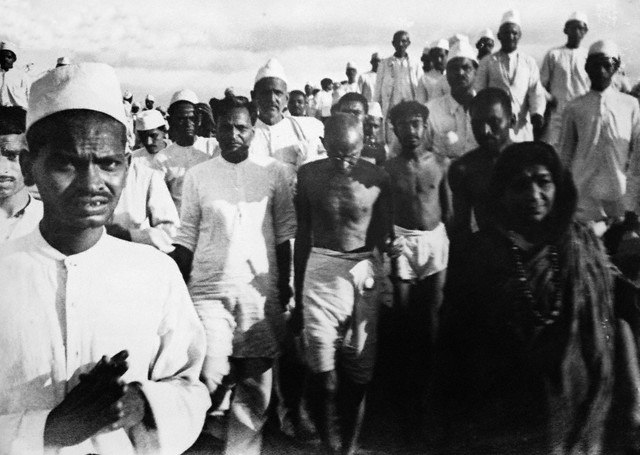History of Trinidad and Tobago
The history of Trinidad and Tobago begins with the settlements of the islands by Indigenous First Peoples. Trinidad was visited by Christopher Columbus on his third voyage in 1498,, and claimed in the name of Spain. Trinidad was administered by Spanish hands until 1797, but it was largely settled by French colonists. Tobago changed hands between the British, French, Dutch, and Courlanders, but eventually ended up in British hands following the second Treaty of Paris (1814). In 1889, the two islands were incorporated into a single political entity. Trinidad and Tobago obtained its independence from the British Empire in 1962 and became a republic in 1976.
Green stone ceremonial axe. From shell midden, Mt Irvine Bay, Tobago, 1957
A medallion commemorating the capture of Trinidad and Tobago by the British in 1797.
Protector of Slaves Office (Trinidad), Richard Bridgens, c. 1833.
Temple in the Sea historical marker.
Nonviolent resistance, or nonviolent action, sometimes called civil resistance, is the practice of achieving goals such as social change through symbolic protests, civil disobedience, economic or political noncooperation, satyagraha, constructive program, or other methods, while refraining from violence and the threat of violence. This type of action highlights the desires of an individual or group that feels that something needs to change to improve the current condition of the resisting person or group.
The Salt March on March 12, 1930
A demonstrator offers a flower to military police at a National Mobilization Committee to End the War in Vietnam-sponsored protest in Arlington, Virginia, on October 21, 1967.
A "No NATO" protester in Chicago, in front of police, 2012
Pro-nonviolence protesters at an anti-globalization protest








